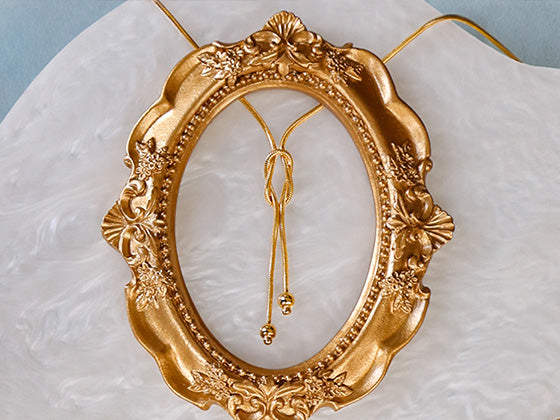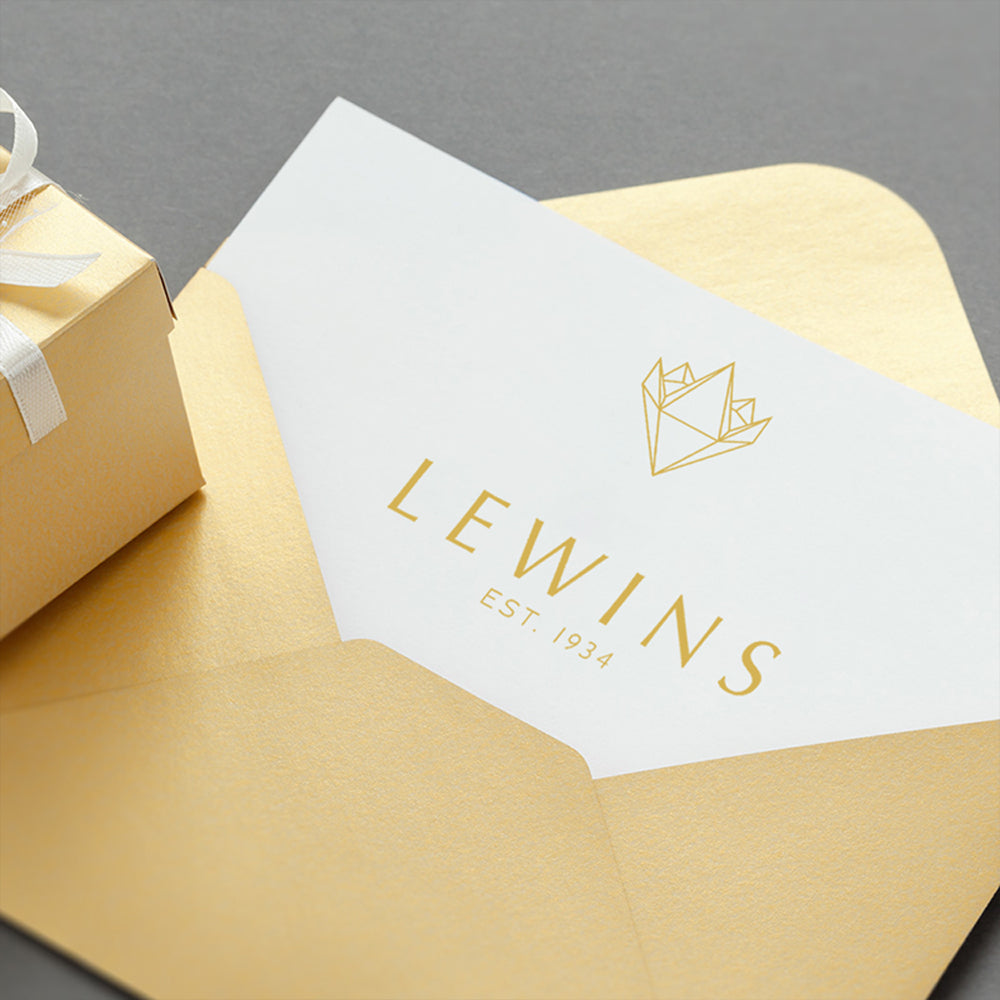This vintage ring comprises of a large oval tablet of bloodstone. When observed from above, the bloodstone in encompassed by an overlapping smooth and polished, irregular boarder. From the side, the abstract edge flows into falling grooves of spiky and distorted strands, of varying lengths. The formation of these strands supports the gallery of the ring, but also provides height to the top of the ring. The design of this ring is mounted between plain shoulders and set in 9ct yellow gold.
Material: 9ct Yellow Gold
Brand: Lewins Vintage
Style: Decorative
Primary Stones: Bloodstone, 1 Oval Tablet, apx. 18mm (L) x 12mm (W)
Birthstone: Bloodstone - March
Anniversary: Gold - 1st, 50th
Ring Size: P
Resizeable: Yes
Weight: 4.67 grams
Condition: Very Good
Period: Vintage, Modern
Hallmark: The standard mark, “375”. The assay office mark of London. The date letter mark “S”, indicating circa 1973.
Jewellery Odyssey:
Bold, bright and big jewels were en vogue, throughout the modern era, of the 60’s and 70’s. It was an experimental period, where gemstone grew larger and yellow gold took centre stage once more. This time the metal was confidently married with diamonds, for a less opulent approach and targeted a wider audience, other than the wealthy. Jewellery would be worn during the day as a statement, to break away from the conventions, of exclusively being worn in the evening. These decades saw the first hybrid collection, of fine and costume jewellery being crafted together, widening the audience for everyone to wear jewellery. The rapid mass productions of artificial gemstones and plastic jewellery, gained momentum and popularity, for it affordability. The iconoclasm mood, inspired splinters shapes, jagged, spiky contours which substituted the smooth, linear outlines of the preceding decades. The space race and the catalysts of rock and pop music, influenced recurring satellite motifs and sharp colour contrasts, resulting in loud, energetic jewels being created.
Gem Lore:
Bloodstone - also known as Heliotrope, derives from the greek words ‘helios’, which translates to ‘sun’ and ‘trepein’, which means ‘to turn’. This meaning somewhat alludes to the red glimmer seen, when the gemstone is facing the sun. The opaque mineral is dark green with scattered red spots of iron oxide. The gemstone belongs to the polycrystalline family of Quartz, otherwise known as ‘Chalcedony’ and possesses an opaque transparency, which is referred to as ‘Jasper’. In medieval times, Christians would use bloodstone for sculptures of saints and Christ’s crucifixion. The gemstone was often called ‘martyr’s stone’, based on the legend that when Jesus was crucified, his drops of blood stained jasper, forming bloodstone. Today, bloodstone it thought to symbolise motivation and strength.
Ring Resizing Service - How To Request Your Size:
If the current ring size listed under the details section, does not match your requirements. Please complete the enquiry form: including the reference code of the ring, which is located above the price, along with the ring size you need.
We will assess the feasibility of your request and provide you with a quotation for the bespoke alteration. If you decide to proceed, we will email you a link to review and process your customised order.
*Please Note: our resizing service typically requires a timeframe of 10 to 14 working days to complete. Rings that have been resized, cannot be returned for an exchange or refund.
Can Any Ring Be Resized?
No, depending on the design and setting, some rings cannot be resized. Whilst other rings can be safely resized up or down, by one to four sizes.
Are There Limitations To Resizing Rings?
Yes, it is important to appreciate that rings are made to fit their current size. When a request is made to significantly reduce the current size, it can result in the band developing an oval shape. Equally, increasing the size beyond a certain point, can alter the curvature of the band. Such modifications can potentially compromise the stability of settings, that hold gemstones securely in place.
As a result, there are limitations on how much a ring can be resized without compromising its structural integrity. If a requested size change impedes the durability of the ring, alternative solutions such as incorporating a half shank or soldered beads, if appropriate can be suggested.
Remember there is only about a 1mm difference between each whole ring size. For more information on what to consider when finding your size, read our blog: "The Factors Affecting Ring Size”.
Jewellery Care Precautions:
Avoid direct contact with: perfume, lotions, skincare, hairspray / other chemicals. Remove, your jewellery: when showering, swimming (as both chlorine and saltwater will react with metals), washing your hands / using hand sanitisers, before going to bed or when participating in physical activities (going to the gym, exercising, gardening, housework etc….).
Beware, metals may tarnish over time due to oxygen contact and natural body oils. Prevent items from being exposed to moisture and direct sunlight, for long periods. Store jewellery in a dry place away from humidity, in a pouch/jewellery box and keep each piece separated from each other. Care, for your jewellery by cleaning with a soft dry cloth.
Yellow Gold:
Gold as an element, in its purest form will not tarnish, but gold used in jewellery has been alloyed with other metals, to increase durability. These metals have properties that when in contact with oxygen, chemicals, oils or other substances - will result in a surface tarnish or damage and corrosion. Even the pH level of you skin and the natural oils it produces, can tarnish your gold jewellery.
To prevent your gold jewellery from tarnishing or even disintegrating, avoid exposure to household chemicals, bleaches, toothpaste, baking soda and other cleaning abrasives. Wearing jewellery in places where perfumes, hairsprays, body lotions have been applied on your body, will increase tarnishing. Wear your jewellery after the products have been applied. To clean your gold jewellery, use a mild soap with warm water and dry with a soft cloth. For professional cleaning, our workshop can polish your jewellery back to life.
Chalcedony, Polycrystalline Quartz:
Hardness: 6 | Toughness: Excellent | Stability: Good
Extreme Caution, Avoid: Light, Extreme Temperature Change (thermal shock), Jewellery Cleaners (steam cleaners).
Mild Caution, Avoid: Heat, Chemicals (acids, detergents, solvents, nail polish remover), Jewellery Cleaners (ultrasonic).
Gemmological Observation: Quartz is pyroelectric, this means that when the gemstone experiences a change in temperature (for instance heat from the sun/lighting) it causes a low-level electrical attraction to fine dust particles. Therefore, you may experience that any quartz-set jewellery may need frequently cleaning.

















 Contact Us
Contact Us







